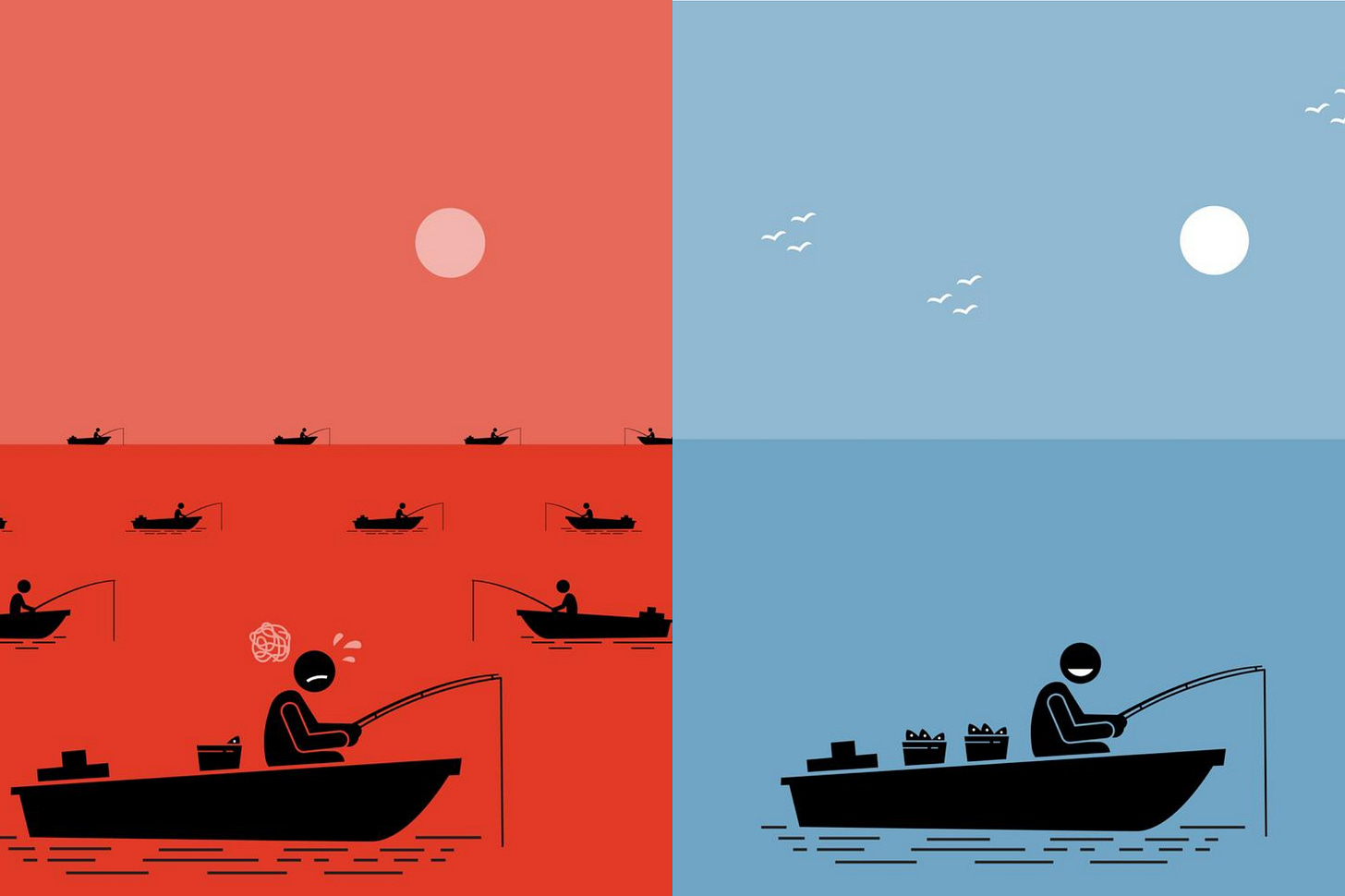Generally, when we talk about startups, the first thing that comes to our mind is a venture which has created something revolutionary. We cannot blame ourselves for that as well because, in the past, most of the major start-ups whose success stories we hear are often the ones which came up with some unique and most often revolutionary ideas. But, in his book- “The Lean Startup”, Eric Ries says- “We often lose sight of the fact that a startup is not just about a product, a technological breakthrough or even a brilliant idea. A startup is greater than the sum of its parts; it is an acutely human enterprise.” Thus, apart from your product, your strategy and management are also key to your enterprise's success
Talking about strategy, all the startups, while developing their product, analyse the existing solutions offered to the consumers. This gives the startup a chance to analyse its value proposition and unique selling point, i.e. how they are different from the competition. But, while you were looking at existing solutions, you found out that there are currently no competitors who are offering a solution for the problem you are solving. Such a market of uncontested space is called Blue Ocean, and if you enter such a market, it is called Blue Ocean Strategy. By doing so, you save your startup from competing with the competition, which for any early-stage startup is very difficult. So, it seems if you adopt a blue ocean strategy, you are destined to succeed, but it is not always true, and there are some interesting examples when a company failed after adopting the Blue Ocean Strategy.
The failure of Nokia’s smartphone division is one such example. Nokia was always known for its hardware prowess. With the launch of the iPhone by Apple, there was a sudden shift in the mobile market towards smartphones. Nokia did not realise this and continued making its feature phones. With the launch of Android, the smartphone revolution grew exponentially. With Nokia’s sales declining, it decided to enter the smartphone division. With two options of either entering the market with Android phones and competing with the existing competition or entering the market with a new operating system and completely neglecting the competition. They entered the market with Windows OS and thought they would flourish due to no competition in the Windows mobile market. What Nokia failed to realise was that for any Operating System to flourish you need developers to create applications for its users. Nokia entered the market very late, and with a blue ocean, strategy came with a new OS. This led to developers not paying much heed to Nokia’s OS and thus led to its failure. Thus, just implementing a Blue Ocean Strategy which can be lucrative considering the empty competitive landscape it offers, is not a guarantee for success.
The polar opposite of the Blue Ocean Strategy is the Red Ocean Strategy. Red Ocean Strategy involves launching your product in a market which is full of competitors. For any startup this seems to be a very herculean task of competing against well-established players in the market but if you explore beyond this fear you will realise that in Red Ocean Strategy you have one luxury which you do not get in Blue Ocean Strategy which is that the market which you are entering is tried and tested and there is demand in the industry which cannot be said for a Blue Ocean Market. Thus, in Red Ocean Strategy your marketing and positioning of the product become very essential. There have been many examples where companies entered a competitive market and succeeded.
The success story of Boat can be considered the prime example of how marketing and correct product positioning can help a startup survive in a competitive industry. When Boat entered the wearable market, the market was full of heavyweights like JBL, Bose, Apple, Samsung and other Chinese smartphone manufacturers. Boat realised that it would be futile to directly compete against these heavyweights and rather started marketing their products as a fashion statement with bold designs. This struck the chords among the youths and Boat’s sales increased manifold. As of 2020, Boat is the fifth largest wearable company in the world and is continuously growing.
Thus, releasing a revolutionary product is not the only way for a startup to succeed, choosing the right market strategy and product placement also plays quite an important part in the success of a startup.
WEEKLY ROUNDUP
🍲 Swiggy acquires Times Internet-backed Dineout: Food and grocery delivery company Swiggy has signed a definitive agreement with Times Internet to acquire restaurant table reservation platform Dineout.
🛵 Ather Energy raises $128 Mn led by NIIF’s SOF and Hero MotoCorp: Electric scooter manufacturer Ather Energy has raised $128 million in its Series E round led by the National Investment and Infrastructure Fund’s (NIIF) Strategic Opportunities Fund (SOF) and Hero MotoCorp.
🦄 India minted 100 unicorns but how many of them attained profitability? According to *Entrackr*’s data tracking platform *Fintrackr*, of the 100 unicorns in India, only 18 unicorns attained profitability in FY21 and 57 are deep in losses.
🏃 Zepto scores 200 Mn Series D round at $900 Mn valuation: Ten-minute grocery delivery platform Zepto has raised $200 million from its previous round lead investor Y Combinator Continuity along with new investor Kaiser Permanente.
